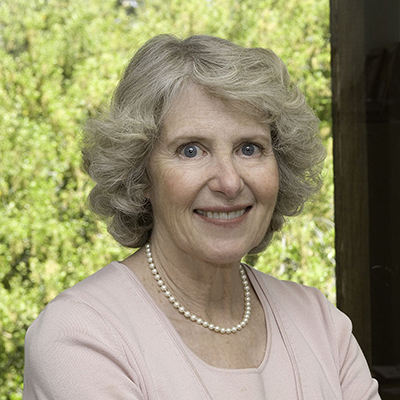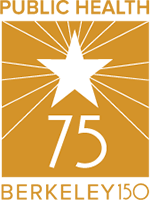
“Berkeley faculty showed me that you can achieve a balance between your science and public service activities that are important to you.”
Marilyn Ann Winkleby PhD ’86, MPH ’83 is an epidemiologist who served as a Professor of Medicine in the Stanford School of Medicine and the Faculty Director of the Office of Community Health for 30 years. During this time she led an NIH funded population health science research team that combined epidemiologic study with intervention research to further the understanding of social determinants of health. In 1988, she founded the Stanford Medical Youth Science Program, which has reached 700 low-income high school students historically underrepresented in higher education and prepared them for science and health professional careers.
Secrets for success
My touchstone to success was advice to select an important scientific question; frame it as a fail-safe hypothesis (thank you Len Syme); get feedback from peers; revise, revise, revise; publish the results; and disseminate findings to the lay community.
A change to one U.S. policy that would transform public health
I would eliminate mass incarceration and work toward transforming our ineffective and unjust criminal justice system. The United States has 5 percent of the world’s population but 25 percent of its inmates. According to the ACLU, 2.2 million people are ‘locked in cages.’ There are great ethnic injustices: 1 in 3 African American men are incarcerated in his lifetime compared to 1 in 6 Latino and 1 in 17 white men. We waste trillions of dollars on this unjust system while we have much more effective methods for preventing crimes and rehabilitating those who commit crimes.
“Berkeley moment”
Two memories of Warren Winkelstein, Jr. come to mind that showed students his ability to make important scientific discoveries, while also being a funny, down-to-earth professor.
1. Warren grabbed a broom and rode on it around the classroom once to illustrate a point in his lecture, astounding all of us who had just begun work on our master’s degrees.
2. On another occasion, I walked by Warren’s office and he said, ‘Come here Marilyn and look at these data. I think there might be something here.’ The data showed a clear association between cigarette smoking and cervical cancer, a yet unaccepted risk factor. Warren had been working on this hypothesis for several years. There were cartoons that showed cigarettes extending out of a cervix, making fun of his hypothesis. He persisted and this was one of his most important epidemiological discoveries. Warren always taught us to collaborate. As he said, ‘You can make a lot of mistakes individually, but by collaboration, you eliminate a lot of dumb errors.’














